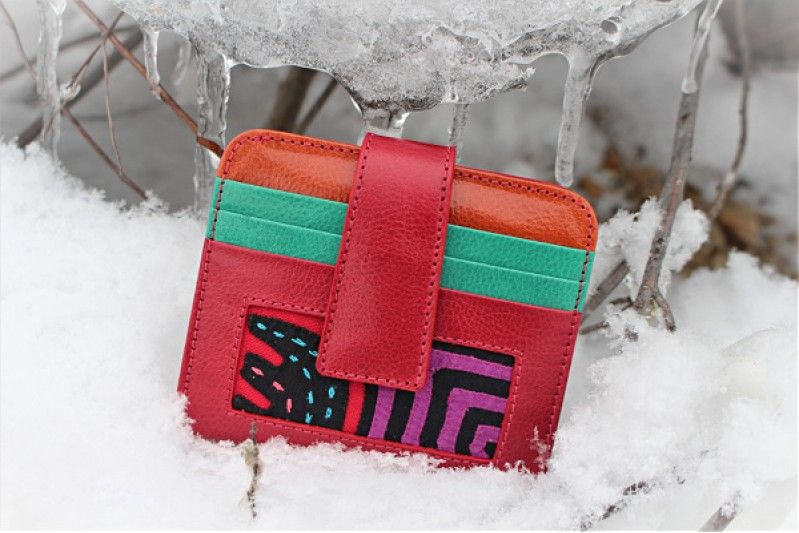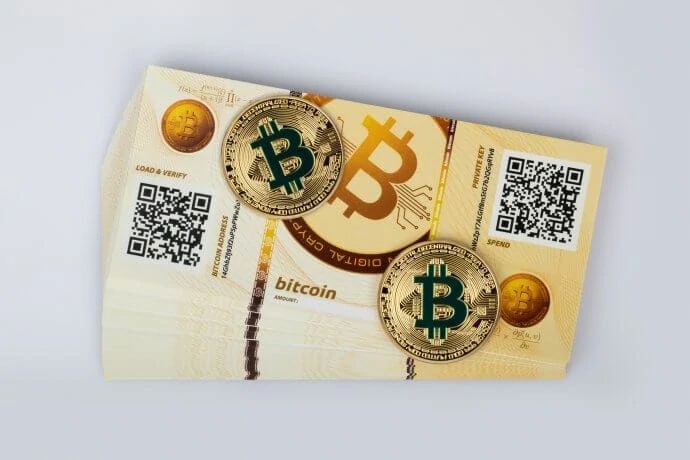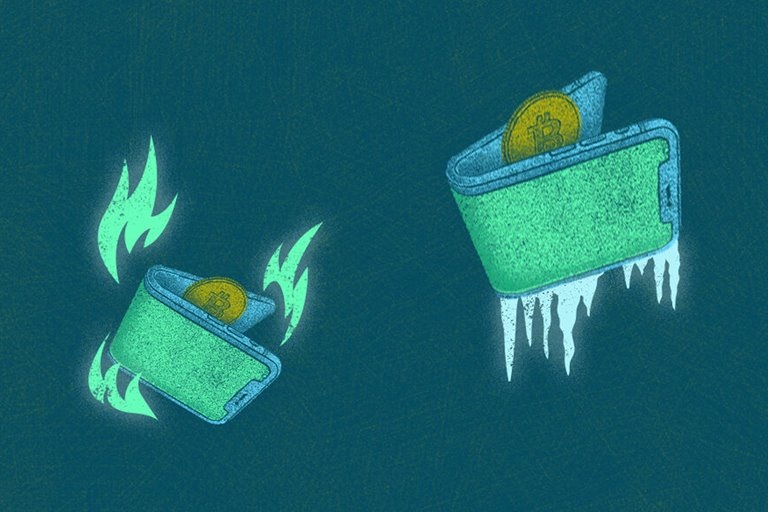The Difference Between Cold Wallets And Hot Wallets In Digital Currencies
There Are Generally Two Types Of Wallets For Storing Digital Currencies, The Main Difference Between The Two Is The Amount Of Security They Provide.
If you are new to the world of digital currencies, you should know that the most basic and essential step after buying cryptocurrencies is to learn the basics of keeping them safe.
After buying Rmzarz to store, send or receive, a Wallet or purse will need. This wallet acts like a digital bank account for your passwords.
Digital currency wallets are software or hardware used to hold the private and public keys of digital currencies and provide the ability to manage cryptocurrencies or connect to the China Blockchain.
Cryptocurrencies wallets fall into two general categories:
- Warm wallets
- Cold wallets
Each of these two types of wallets offers different capabilities and security levels, and the choice between them is other for people with additional needs and tastes.
These two categories have different subcategories, including the following:
Warm wallets
- Desktop wallets such as Electrum and Atomic wallet
- Mobile wallets such as Edge and Trust wallet
- Wallets, web, such as Freewallet
- Combined wallets like BTCpay and Blockchain.com
Cold wallets
- Hardware wallets such as Ledger, Trezor and Coolwallet
- Paper wallets
Cold wallets are all free or non-custodial wallets and give users complete control over private and public assets and keys, But hot wallets can also be Custodial; This means that the server holds the user’s private key on his behalf.
The most important difference between cold wallets and hot wallets is that hot wallets are connected to the Internet; Because the server must have a user private key. But cool wallets can be used offline and are therefore a safer option for storing digital assets.
In the following, we will examine each of these wallets in more detail:
Warm wallets

When a user creates an account in an online exchange or downloads a wallet for their mobile and desktop, he makes a hot wallet. A warm wallet is suitable for people who buy, sell or move cryptocurrencies daily.
Due to the connection of hot wallets to the Internet on mobile or desktop, it is possible to perform transactions with just a few clicks on them, so if you do a lot of transactions daily or use your passwords to pay online, it is better to use some of your digital currencies. Save wallets in this category.
Exchange wallets are considered hot wallets, But some prefer to store many of their users’ assets offline for added security.
Hot wallets are the most common type of digital currency wallets due to their easy setup, easy and quick use; But they have one big drawback: not providing enough security.
The constant connection of hot wallets to the Internet, security risks and cyber thefts threaten the assets in these wallets. It is usually recommended that people store large amounts of digital currency in cold and offline wallets for a long time.
Cold wallets

Cold wallets are a safer option for storing passwords; Because they are generally not connected to the Internet, they can only be connected to the Internet when sending or receiving digital currency.
Hardware wallets and paper wallets are both cool wallets; But hardware wallets are more popular than paper wallets; Because the transaction is more straightforward through them, and the manufacturer also provides support services for customers.
Hardware wallets use a physical interface such as a USB port to store private keys; This prevents hackers or malicious programs from accessing users’ information.

To keep cryptocurrencies in a cold wallet, you must send your assets from a hot wallet such as a trusted wallet to your hard wallet address; On the other hand, if you want to transfer digital currency to another person or convert it into cash through an exchange office, you must connect your cold wallet to the Internet using the software provided by its manufacturer and sign the transaction by signing your private key.
Paper wallets have the same functionality as hardware wallets; The only difference is that the wallet address and the private key are printed on a piece of paper, and there is no USB port.

Because paper wallets are vulnerable, they should safely store so that they are not easily found or destroyed by moisture or heat.
It is for sending and spending inventory on a paper wall; the printed information must transfer to a hot wallet such as Atomic Walt with QR code scanning programs.
Cold wallets provide very high security for storing digital currencies; however, they are not a good option for everyday use due to the time-consuming nature of transactions.
Choose the right wallet.
After introducing the two types of digital currency wallets, we will compare them below:
- Warm wallets are suitable for everyday transactions, and cold wallets are ideal for the long-term storage of digital currencies.
- Cold wallets provide more security than hot wallets.
- The hot wallet is constantly connected to the Internet, But a cold wallet only needs the Internet for transactions.
- Hot wallets are free and cold wallets are available at different prices in the market.
The wallet you choose should be non-custodial, and you should not share your private information and keys with anyone in any way.
The choice of wallets depends on each person’s needs: for example, if a person wants to buy bitcoin and use it as savings for the future, it is better to put his currency assets in cold wallets; But if you are constantly trading digital currencies, it is a good idea to keep some of the support you need for exchanges in a hot wallet (such as a mobile wallet or desktop).
Some wallets only support one cryptocurrency, while others can store hundreds of cryptocurrencies.
What kind of wallet do you prefer to store your digital currencies? How do you evaluate the positive or opposing points of each?











